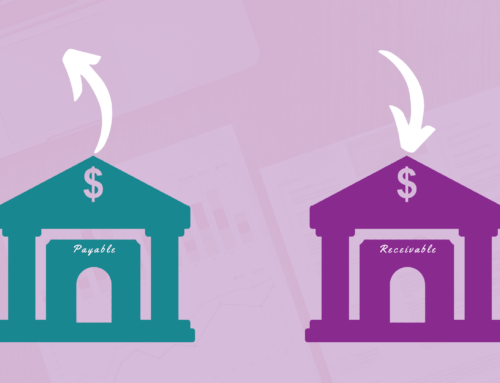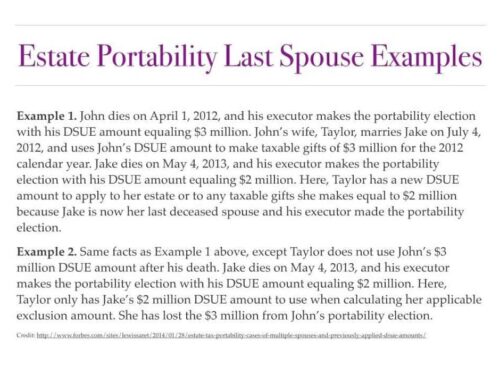Have you ever wondered how your state comes up with the amount of unemployment tax you pay for your employees? Generally the formula is:
taxable wages up to the wage base X tax rate = state unemployment tax
Taxable wages up to the wage base simply means that you take the wages for an employee for the quarter and see if it is more or less than the wage base. If it is less than the wage base (ie your employee was paid $6,000 in the quarter and the wage base is $7,000) than all of the wages are taxable. If it is more than the wage base (ie your employee was paid $8,000 in the quarter and the wage base is $7,000) than the taxable portion is only up to the wage base ($7,000 in this example).
Keep in mind the wage bases apply for the calendar year. However, state payroll tax returns for unemployment are due quarterly. This means that each quarter you will need to determine if the employee has reached the wage base cumulatively. Using the example from above, if an employee was paid $6,000 in the first quarter and another $6,000 in the second quarter and the wage base is $7,000, then the taxable income would look like this:
Quarter Taxable Wages
1 $6,000
2 $1,000
Total $7,000
If you are curious what the different wage bases are for different states in different years, this is a great resource that I found from the folks at the American Payroll Association.
Don’t forget that you need file state unemployment tax forms for household employees! Learn more about that process here in an article I wrote for Kveller.com.







